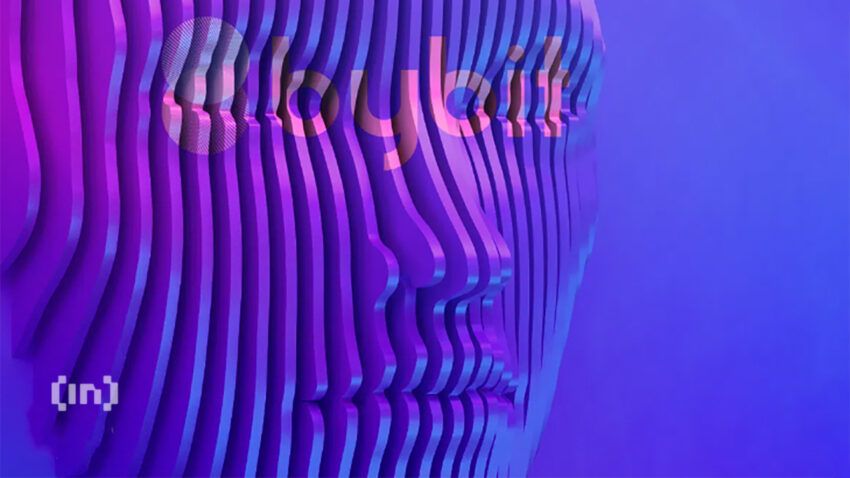Bybit and Huobi have joined the ranks of major crypto exchanges that have publicly provided their proof of reserves.
The collapse of cryptocurrency exchange FTX and its affiliated companies have triggered withdrawal suspensions across associated platforms and beyond. To assure investors, major cryptocurrency exchanges have been publishing evidence of the reserves they hold.
Binance was among the first exchanges to release its cold wallet reserves, demonstrating that it held roughly $40 billion in stablecoins. Other exchanges soon followed suit, including Bitfinex, OKX and Kucoin.
Blue-Chip Assets Account for Over 85% of Bybit Balances
According to a report from Wu Blockchain, Bybit and Huobi have also released their proof of reserves. These revelations come as exchange after exchange suspend withdrawals due to the fallout of the FTX collapse.
A spokesperson for Bybit contacted BeInCrypto, specifying the composition of the exchange’s reserves. “At the time of publishing, Bybit’s largest holdings are USDT, BTC, ETH and USDC — in that order,” the spokesperson said. “These blue-chip assets account for over 85% of Bybit reserves, and the exchange holds over 50% of the total in stablecoins.”
Bybit’s CEO and co-founder Ben Zhou also issued a statement concerning the platform’s choice to publish its proof of reserves. “Bybit is committed to an industry-wide, fully transparent proof of reserves (PoR) solution that demonstrates without a doubt that we hold our client’s funds in custody, and are worthy of their full trust — and that is what we are working on,” Zhou said.
Forms of Proof of Reserves
Many of these exchanges have offered their proof of reserves by publishing the balances of their cold wallets. However, they are also working towards providing them through Merkle tree algorithms.
During a recent AMA, Binance CEO Changpeng Zhao offered an explanation of what the algorithm is. He described it as “a mathematical way” that “lets users ensure themselves that their funds are including a grand total.”
However, Zhao said that this typically requires a third party auditor, who are currently in very high demand. “This is the reason why we published all of our cold wallet addresses,” Zhao explained, but admitted, “it’s not as good as a Merkle tree.”
Consequently, Zhao said he spoke with Ethereum co-founder Vitalik Buterin about creating “some type of new proof of reserves protocol.” He offered Binance as a platform for the first test case, which could happen in “a couple of weeks.”
Disclaimer
In adherence to the Trust Project guidelines, BeInCrypto is committed to unbiased, transparent reporting. This news article aims to provide accurate, timely information. However, readers are advised to verify facts independently and consult with a professional before making any decisions based on this content. Please note that our Terms and Conditions, Privacy Policy, and Disclaimers have been updated.


